Bebington
|
The name Bebington is derived from the Anglo-Saxon meaning the "Village of Bebba", probably a Saxon chief or landowner.The area (incl Bromborough) is thought to be the site of the "Birth of England" at the Battle of Brunanburh in AD937, an English victory by the army of Æthelstan, King of England, and his brother Edmund over the combined armies of Olaf Guthfrithson, King of Dublin, Constantine II, King of Alba, and Owain ap Dyfnwal, King of the Cumbrians. Though relatively little known today, it was called "the greatest single battle in Anglo-Saxon history before Hastings (note*)." Michael Livingston claimed that Brunanburh marks "the moment when Englishness came of age." The Brackenwood golf course was cited in 2004 as the most likely site for the Battle of Brunanburh. Mention of the battle is made in dozens of sources, in Old English, Latin, Irish, Welsh, Anglo-Norman and Middle English, and there are many later accounts or responses to the battle. A contemporary record of the battle is found in the Old English poem Battle of Brunanburh, preserved in the Anglo-Saxon Chronicle. The Church of St. Andrew, on a site occupied since Saxon times, dates from the 14th and 16th centuries. In 1801, Bebington was a small country hamlet with a population of only 273, situated on the main road connecting Chester and Birkenhead, and then via ferry to Liverpool. Up to 30 horse-drawn coaches would pass by each day. By 1840, the Birkenhead to Chester railway was running and in 1844 the New Chester Road opened and Bebington lost its coaching traffic. In 1838, the footprints of an archosaur later called the Chirotherium storetonese were found in a sandstone bed at Storeton Quarry. Examples can be seen at the Liverpool Museum and at Christ Church within the parish of Higher Bebington. Also a small example can be seen at Higher Bebington Junior School, in their reception area. Stone quarried at Bebington was used for the construction of Birkenhead Town Hall, some of the villas around Birkenhead and Rock Park and most famously of all the Empire State Building in New YorkCity. The stone is considered to be a high quality sandstone which is creamy in appearance. The quarries were eventually filled in with debris removed during the construction of the two Mersey Tunnels. |
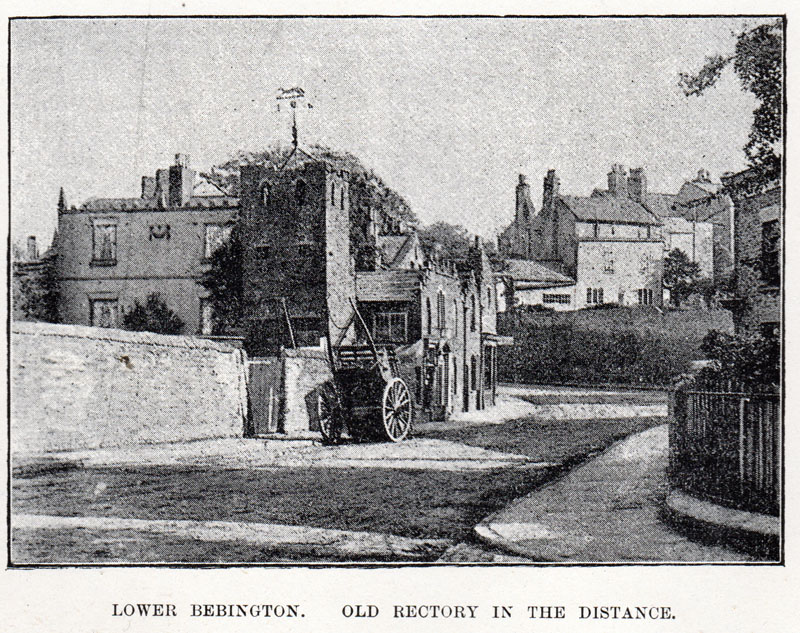 |
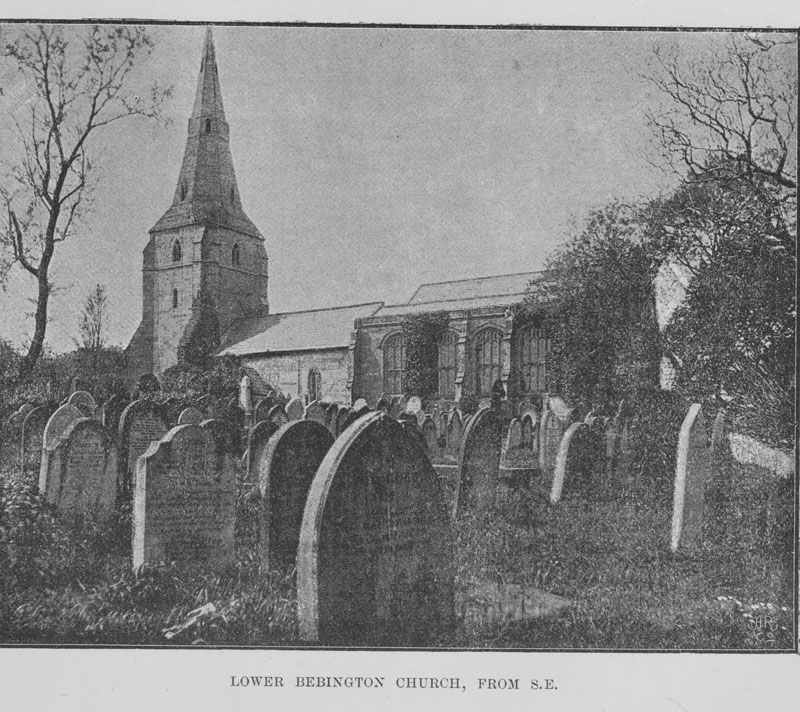 |
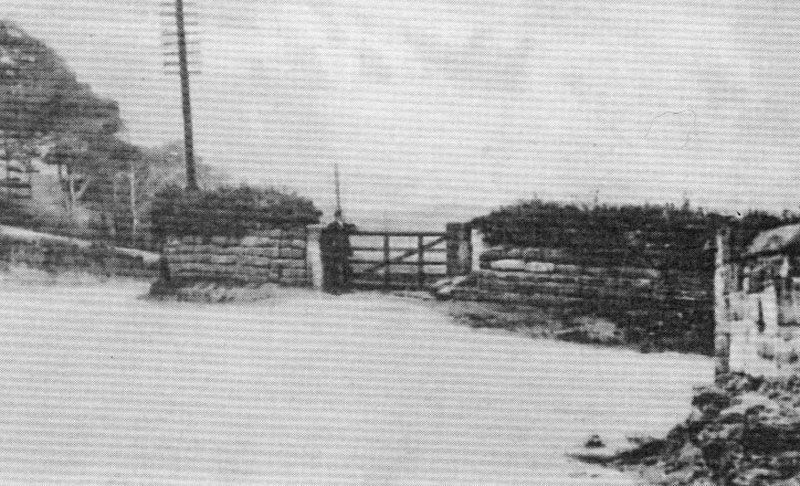 Bebington Wishing Gate |
|
Bebington Wall |
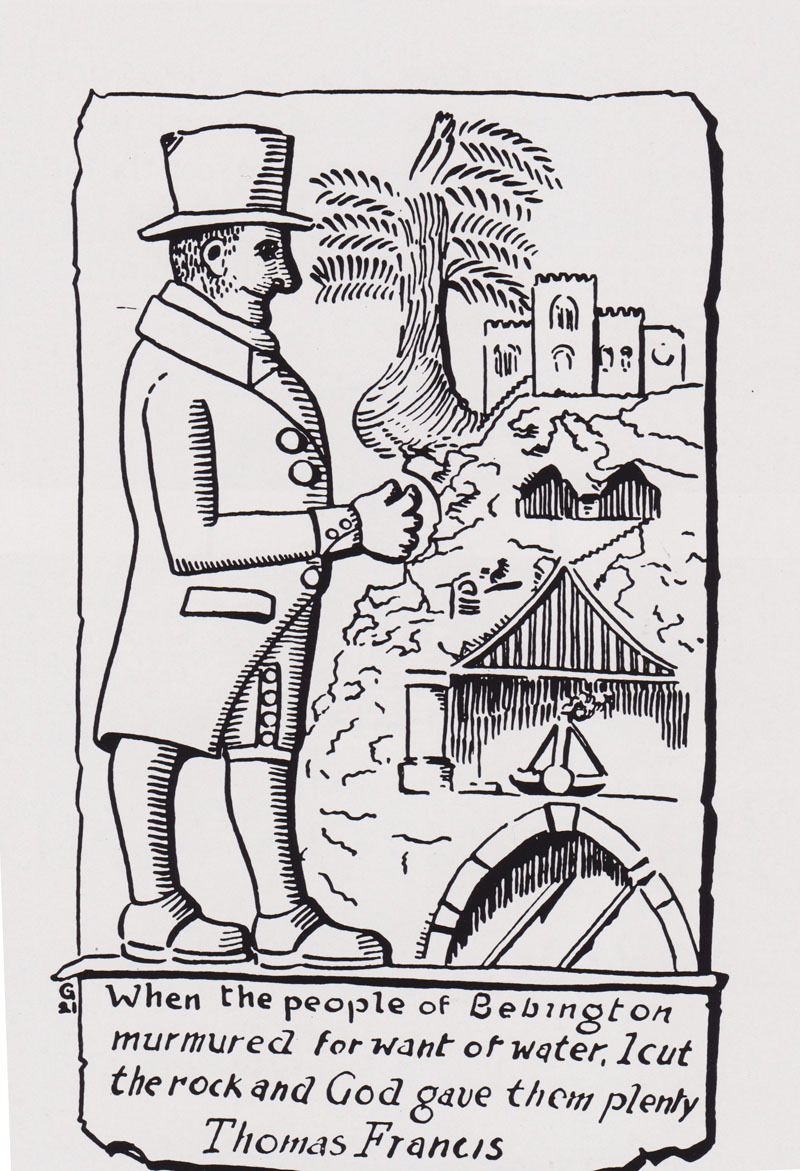 Thomas Francis, the very same person who made the puzzle pics above. |
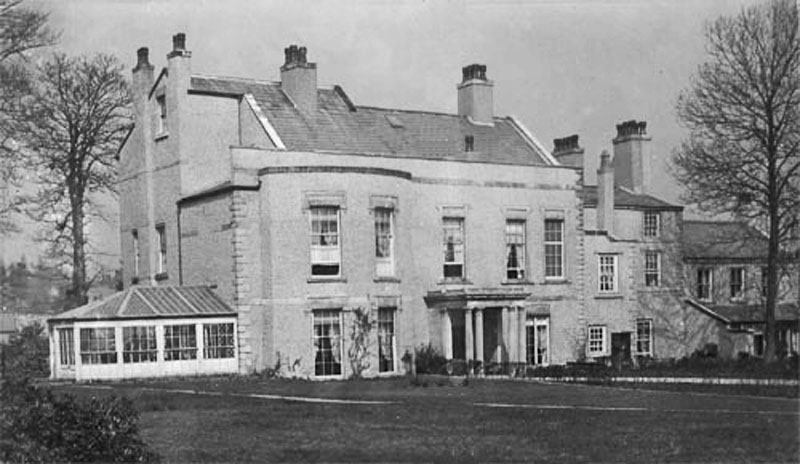 Bebington Old Hall |
|
|
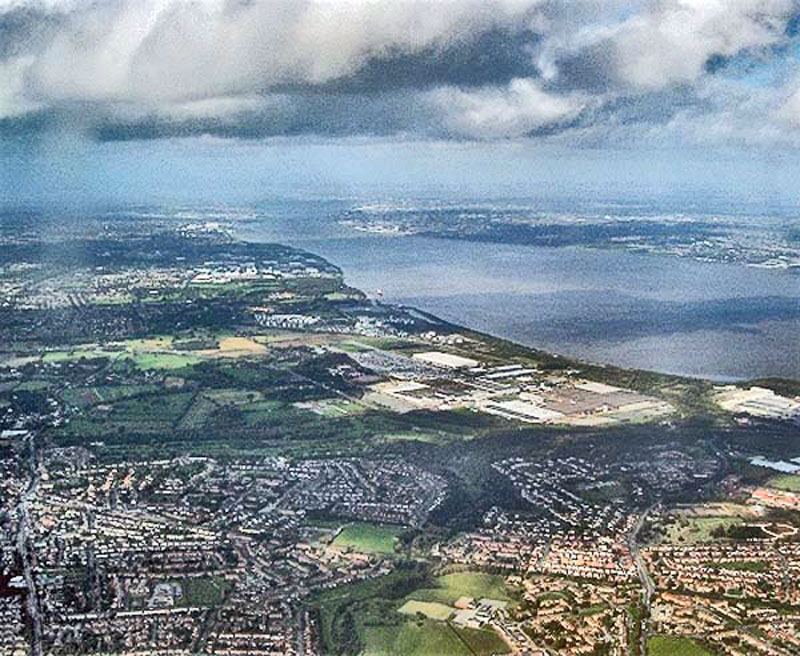 Bebington (higher centre) |
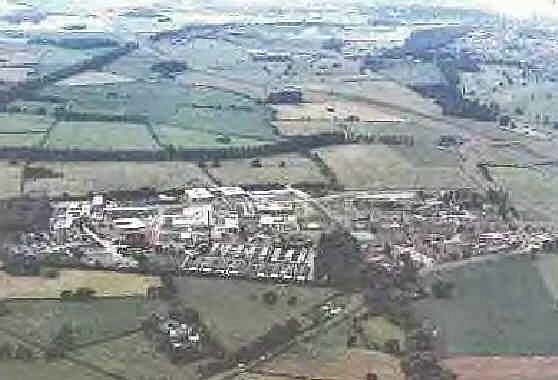 Clatterbridge Hospital |
![]()